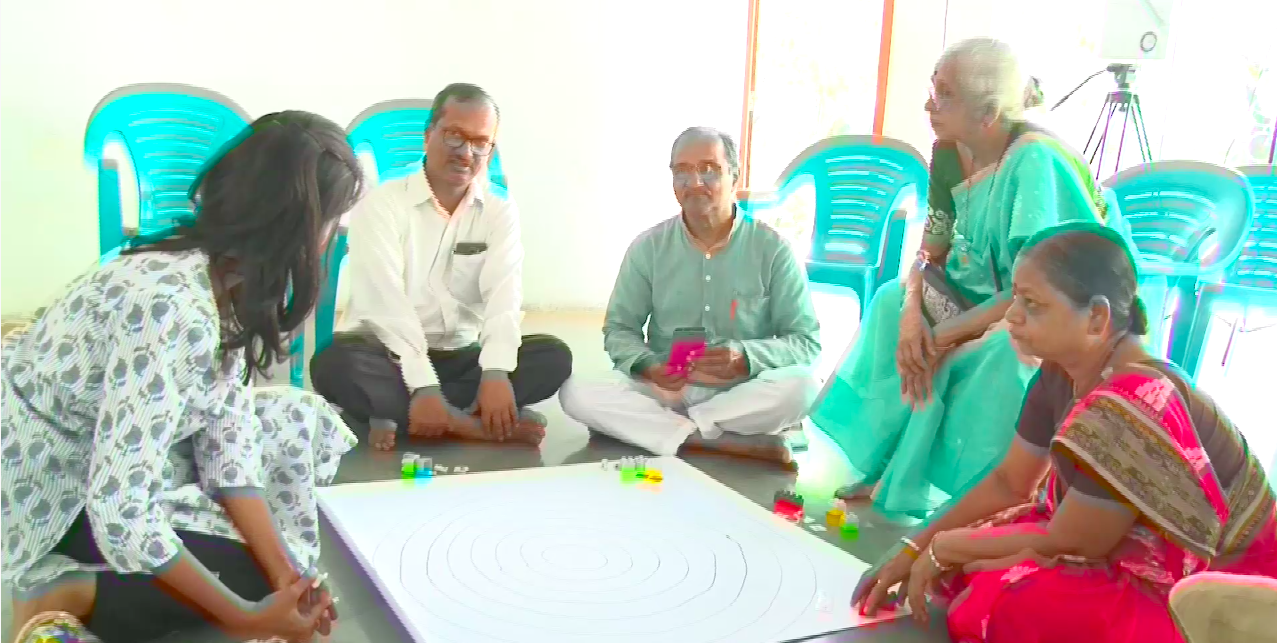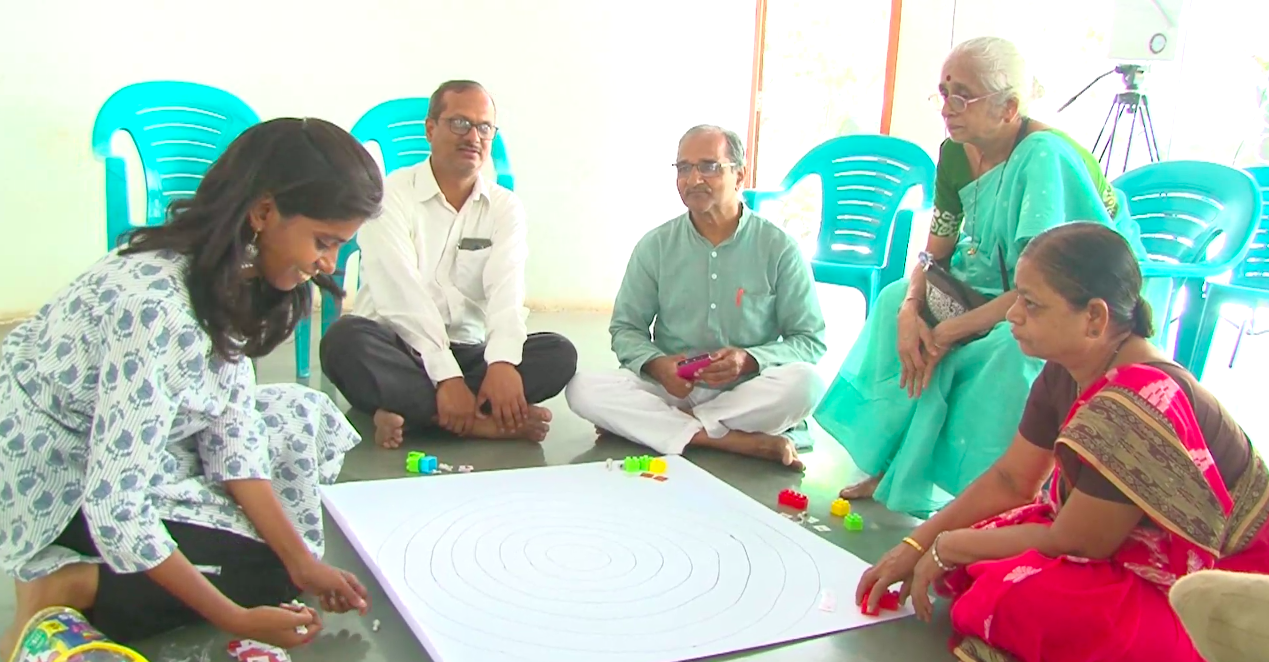Nashik Community Asset Mapping Workshop 1 Report
On 22nd June 2019, the first Community Asset Mapping (CAM) Workshop in Nashik was organized. The focus of this workshop was on people’s perspective of past, present, and future of Nashik city. The participants for this workshop were the community stakeholders who were experiencing change in their everyday lives due to the implementation of the Smart Road Project. In order to make it convenient for the participants, we organized the workshop at Hutatma Smarak (Martyrs’ Memorial) located along the smart road project site. This is basically memorial place turned into a public garden. Along with green cover there is a community hall in the Smarak. It is maintained by the Freedom Fighters Association of Nashik.
The site of Smart Road Project is along the old Mumbai-Agra highway from Ashok Stambh to Trimbak Circle. This a stretch of 1.1 km and is the lifeline of Nashik city as it connects old and new Nashik, and it houses important bureaucratic and public institutions like District Collector’s office, District Court, Central Bus Stand, Government Schools, Banks, and many commercial centers.
Taking the project of Smart Road as an example of ongoing urban transformations in Nashik, the CAM focused on understanding citizens’ associations, needs, opinions, and visions of urban development in Nashik. The invited participants were representatives from the following groups:
Social Groups utilizing the road and spaces around it for public meetings and public demonstrations
Shopkeepers and business owners along the road
Members of Street Hawkers’ Association
Lawyers
College students frequently navigating through this space
The workshop followed the CAM methodology outlined in an earlier blog post. The participants were randomly divided into two groups and were given props representing – People, Place, and Events/Memories. In order to initiate the discussions, the project members began the activity with some thought-provoking questions as follows:
According to you, who are important or influential people or personalities that can initiate and influence change in Nashik? Or Who are important for the development of Nashik?
Which places in Nashik are important element of Nashik’s identity? Or which places an integral part of life of Nashik’s citizens?
What are important events or celebrations or memories of such events that are/were important or unique to Nashik and citizens of the city?
Within these categories, what aspects you think are not needed in Nashik? Or are hampering various aspects of Nashik?
(Snapshots taken from the video recording by our videographer )
Following this, the participants were encouraged to ascribe entities to the props and negotiate their positions in the priority circles.
In this category, the participants discussed about various influential personalities from central, state, and local governing agencies that are shaping changes in Nashik both in positive and negative ways. Apart from political leaders and bureaucrats, the participants also highlighted the role of civil society groups, activists, and youth population for the betterment of the city.
Embedded in the history and everyday life of Nashik, participants highlighted numerous events and memories ranging from religious activities, public lectures, festivals, and creative events. There were discussions about the Kumbh Mela and its transformation, traditional ways of celebrating festivals like Holi, and public lectures like Vasant Vykhyan Mala which is happening along the Godavari Ghats since very long.
Kumbh Mela of 2015 (By: Shilpa Dahake)
From traditional streets, public amenities, public spaces, temples, rivers, water supply system, to sewage management, all emerged as important places and infrastructures for the people of Nashik. Apart from these, excessive urbanization in the name of development through urban renewal polices like JNNURM, Smart City Project, shopping malls, and inequal distribution of public amenities emerged as unwanted and wasted infrastructures.
Public Lecture event along Godavari (By: Shilpa Dahake)
Throughout the discussion, the participants came to a consensus that the peoples’ opinions, perceptions, and associations are hardly getting reflected in the planning and development of urban futures of Nashik.
By Shilpa Dahake, Research Assistant




